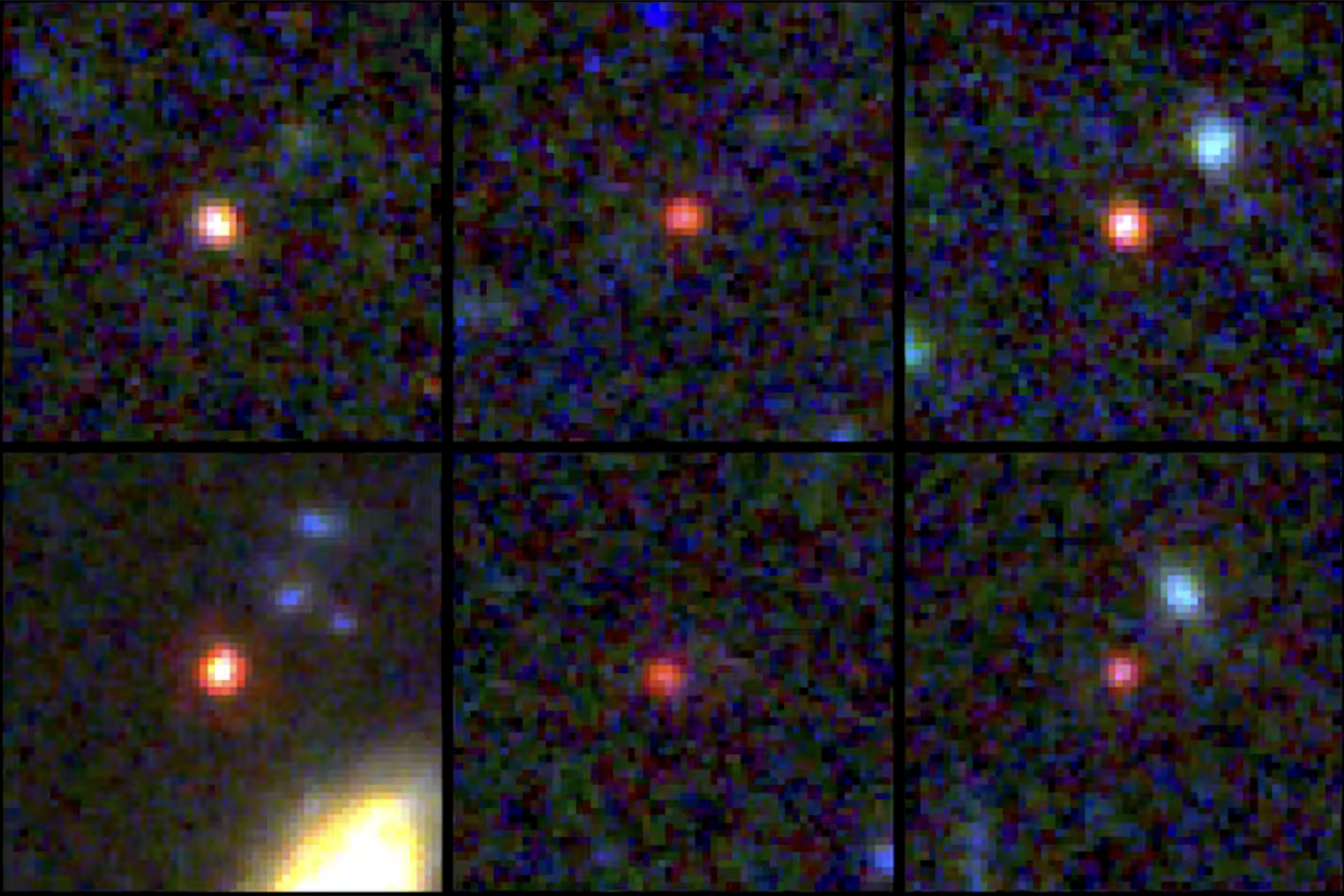News: Research
More Dark Star Candidates Found in JWST Data
A growing list of dark star candidates could help explain why some early galaxies were so big, so early in the universe.
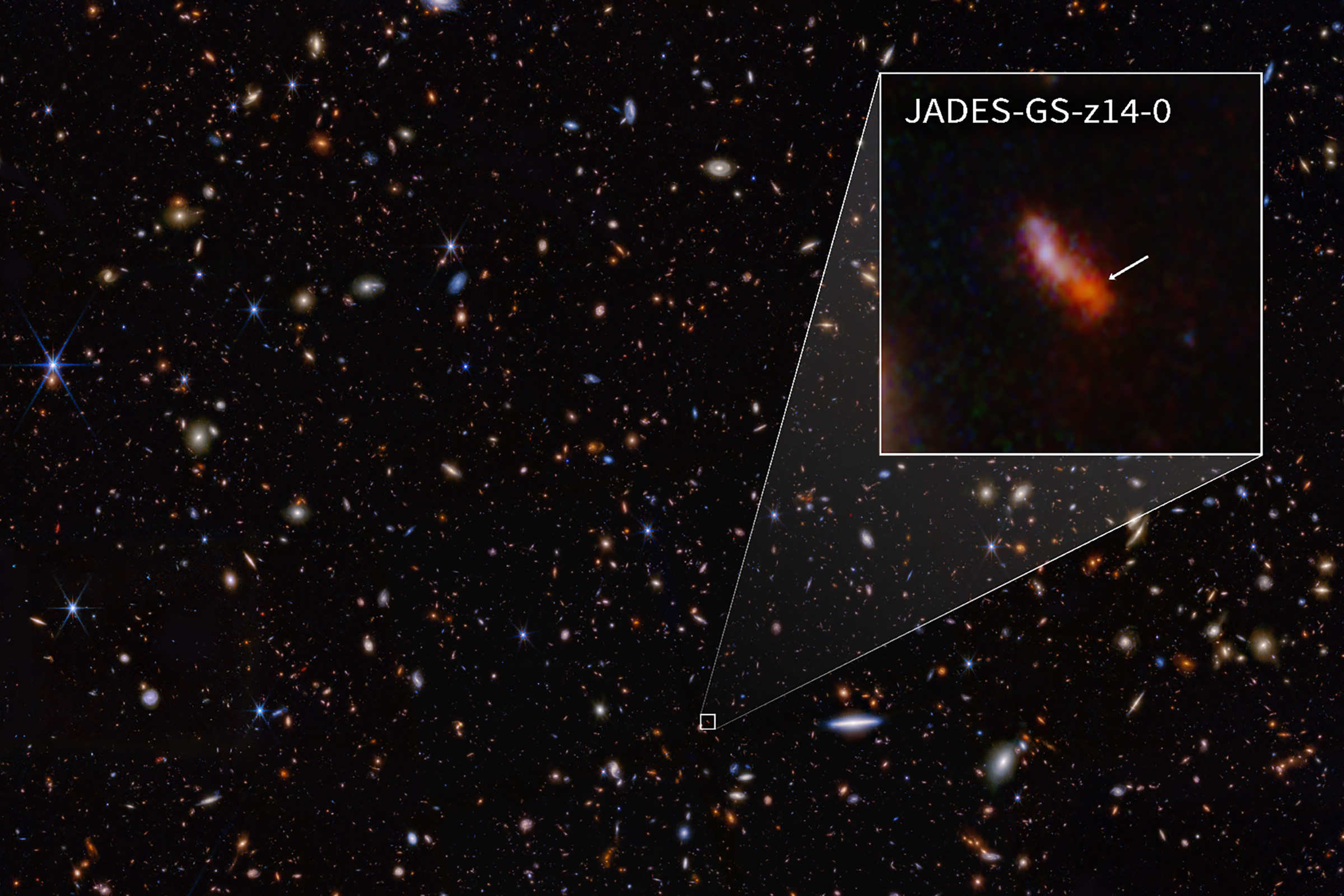
Stephen Hawking Was Right: Black Holes Always Grow in Area
Researchers celebrate 10th anniversary of gravitational wave discovery, announce verification of a Hawking theorem.

Dark Matter Might Have Formed Earlier than Thought
The new model is called WIFI, which stands for dark matter production during Warm Inflation via Freeze-In.
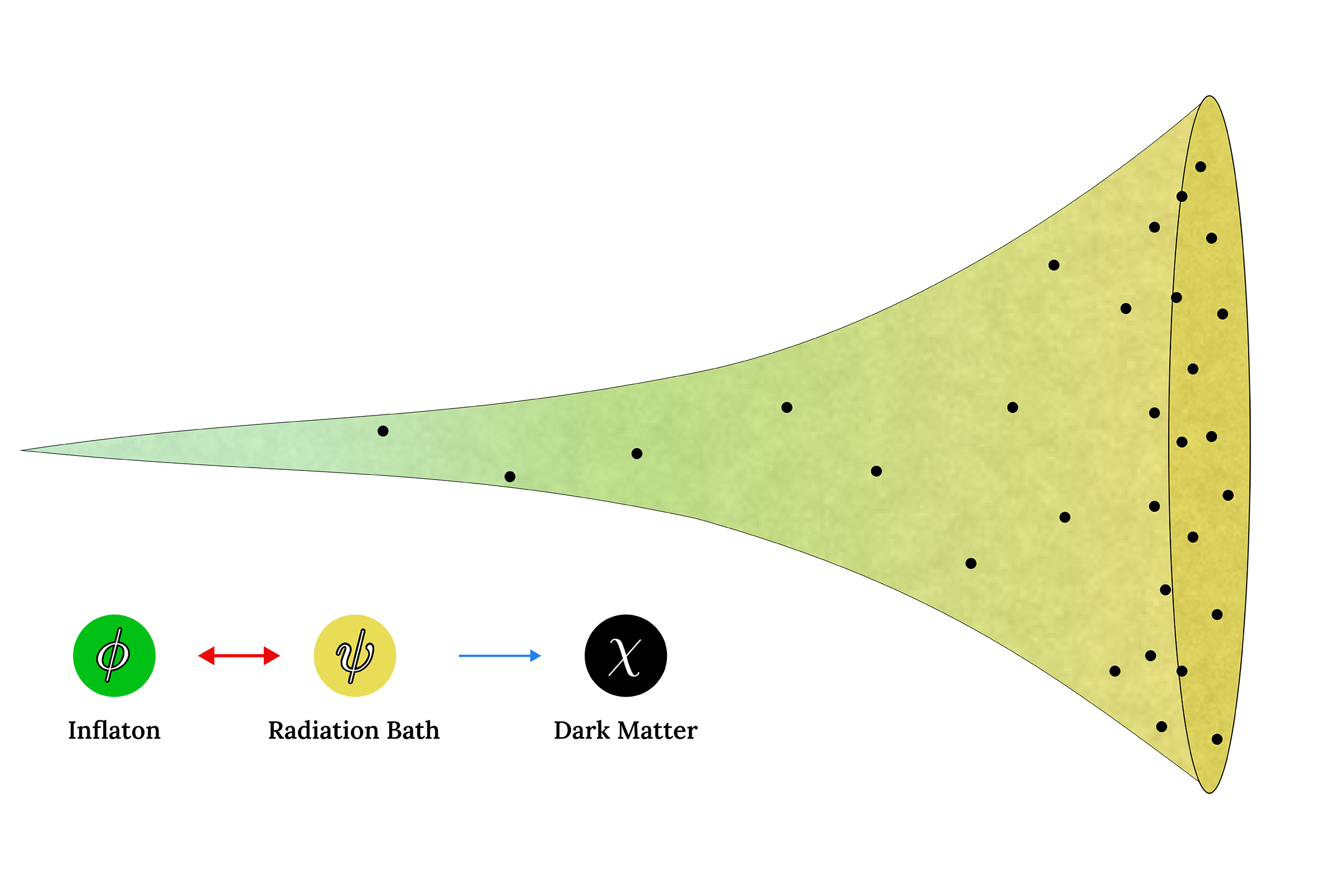
McDonald Observatory
Early Dark Energy Could Resolve Cosmology’s Two Biggest Puzzles
Michael Boylan-Kolchin and others show “early dark energy” might help solve the Hubble Tension and explain why there are more early galaxies than expected.
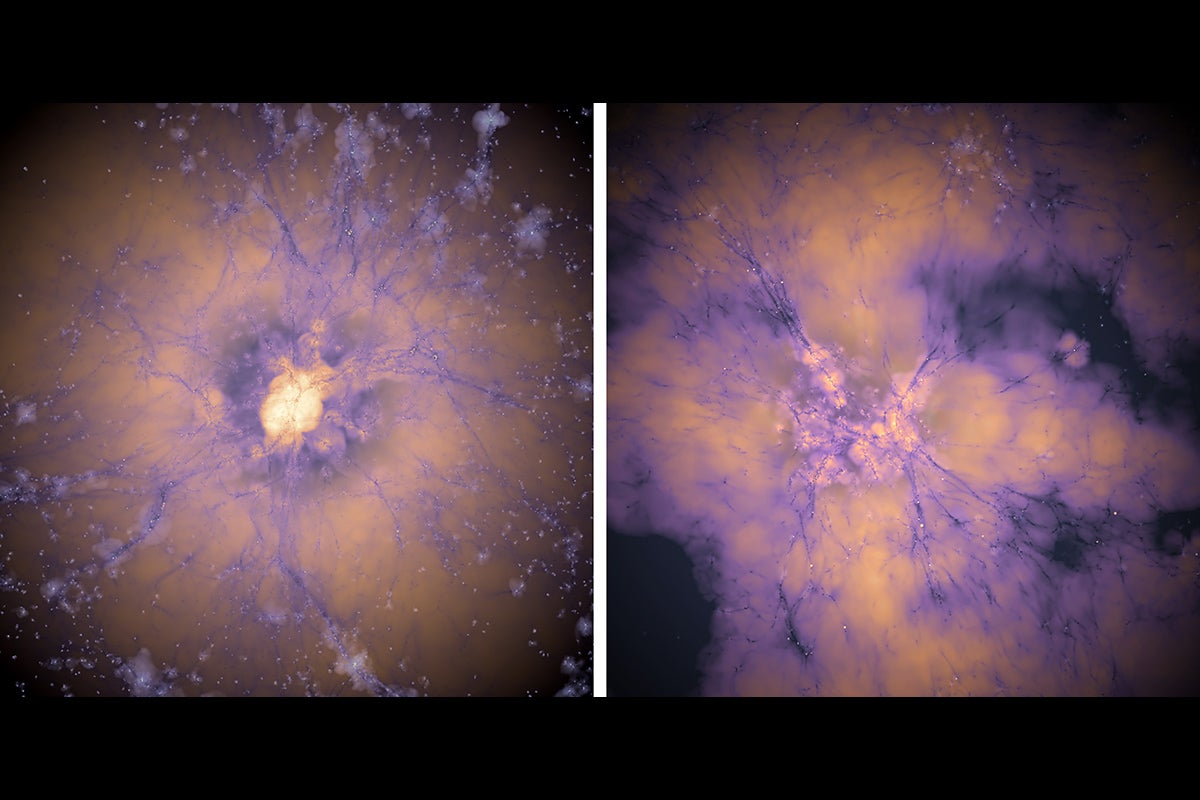
Improved Method for Estimating the Hubble Constant with Gravitational Waves
There’s a big debate in cosmology about how fast the universe is currently expanding.

The Texas Scientist
James Webb Space Telescope Surfaces New Cosmic Questions
A new telescope takes us back to when the cosmic lights went on.
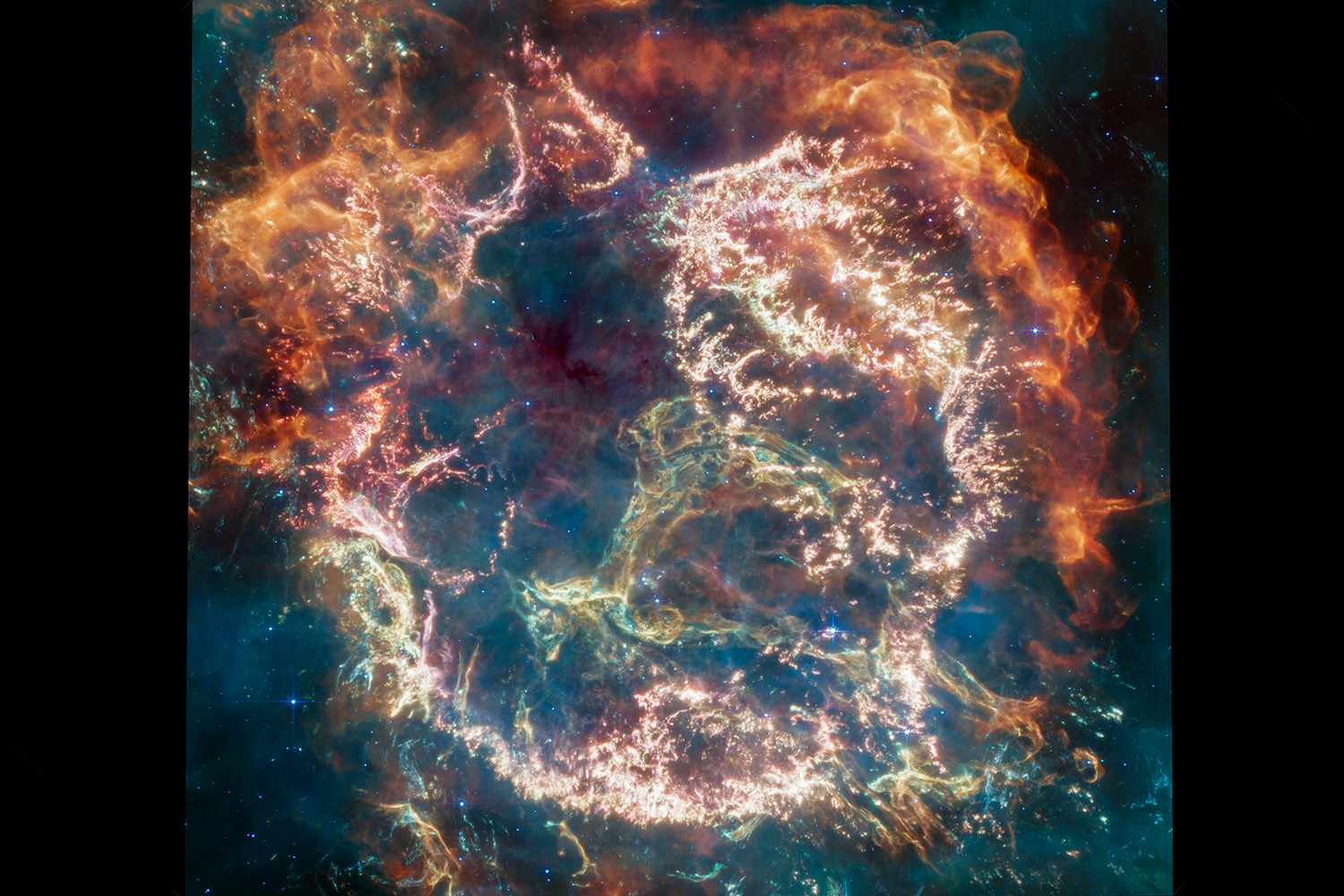
The Texas Scientist
A Quantum Test
Steven Weinberg of The University of Texas at Austin envisioned an experiment to poke holes in quantum mechanics.

James Webb Telescope Catches Glimpse of Possible First-Ever ‘Dark Stars’
Stars powered with dark matter still need proving but could reveal clues about the nature of one of the universe’s great mysteries.
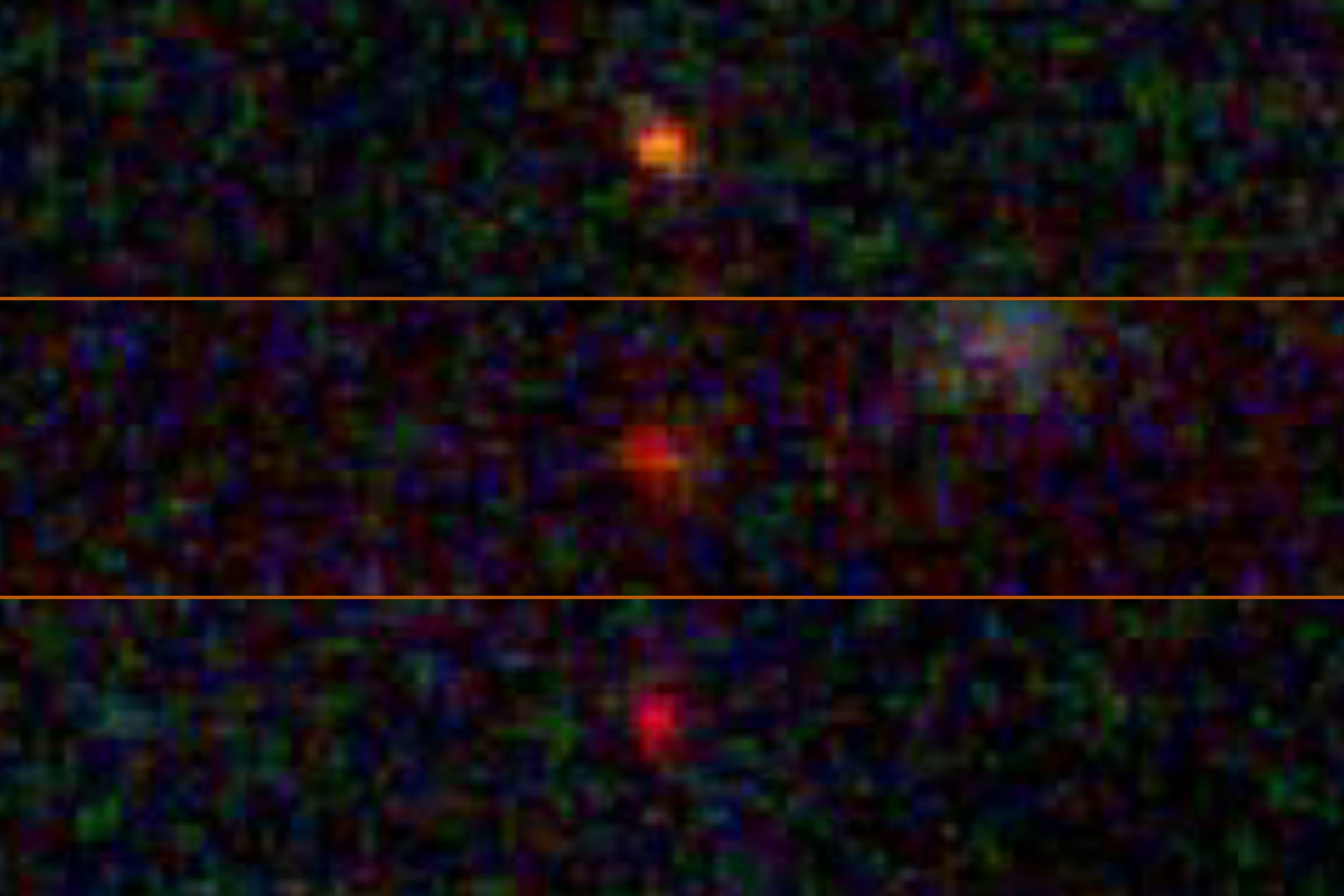
Scientists use Exotic Stars to Tune into Hum from Cosmic Symphony
A team of astrophysicists has found evidence for gravitational waves that oscillate with periods of years to decades.
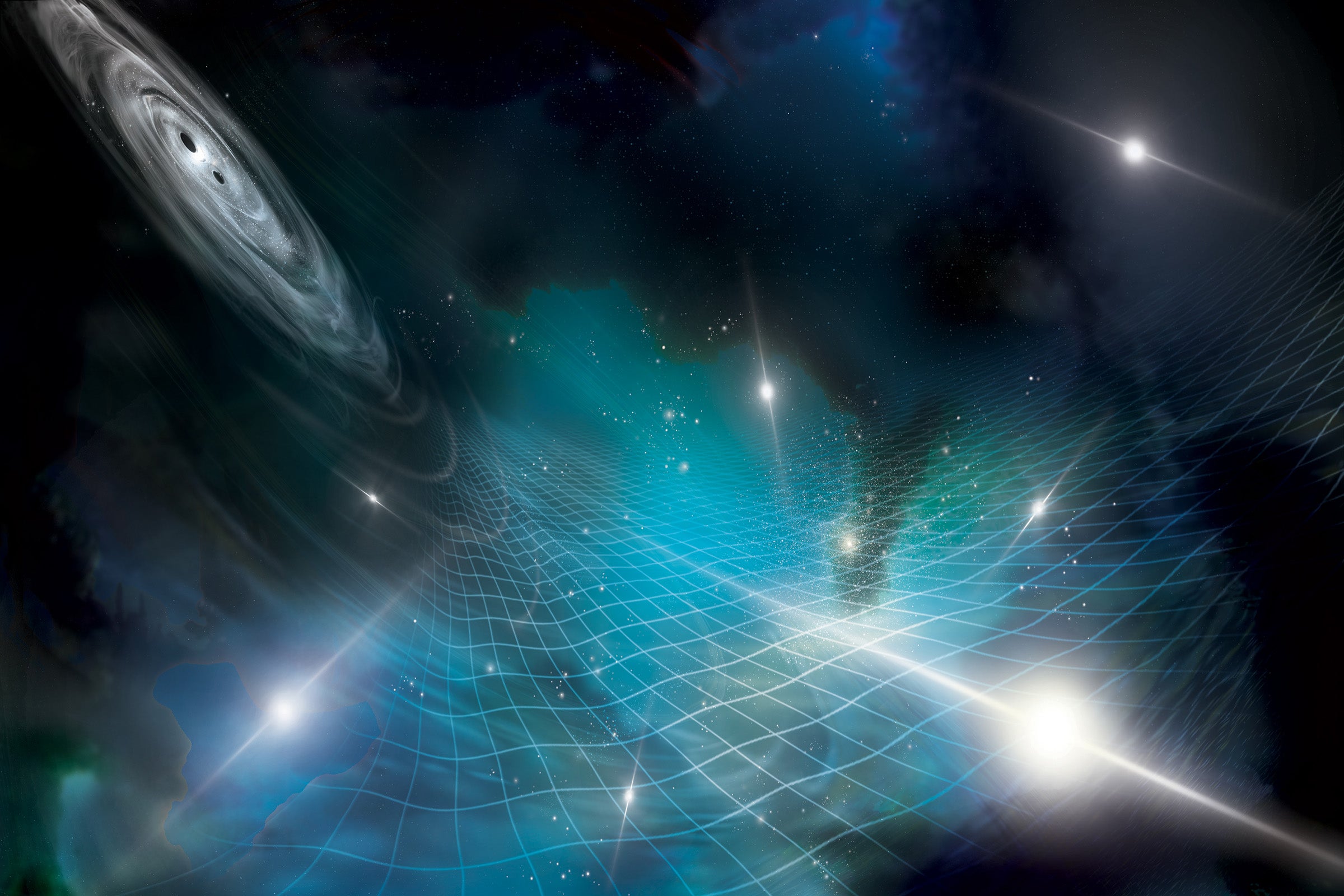
James Webb Space Telescope Images Challenge Theories of How Universe Evolved
Hefty young galaxies defy the reigning model of cosmology, called "dark energy + cold dark matter" or ΛCDM.
